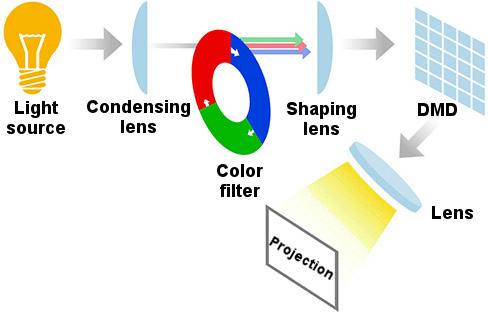Is DLP or LCD Better?


Ask us just 10 years ago and we would have said there was a significant difference in image quality and reliability between the two popular technologies, however with so many enhancements over the past decade the difference between LCD and DLP technologies so now very little.
When deciding on your next projector, we recommend to not worry too much about the type of technology being used in the projector. The overall quality and suitability of a projector usually is related to the build quality and feature-set of the individual projector model, rather the DLP or LCD technology being used.
As a very generalised rule, LCD projectors tend to have more vibrant colour, however the pixels are spaced further apart so you can get a 'screen door' effect (an effect where the image appears as though you are watching it through a fly screen). This effect is primarily an issue on low resolution projectors, FULL HD and 4K resolution projectors rarely have this problem. DLP Projectors tend to have deeper black levels and can have a smoother image too, although due to the way the colour wheel works a small percentage of users may see a 'Rainbow' effect. The Rainbow Effect appears like a rainbow of colours across the screen and is typically visible when you move your eyes across the screen rapidly. This effect is only visible with a very small percentage of the population with varying severity. DLP projector manufacturers have been constantly improving the technology to further reduce the risks of the rainbow effect being visible.
As LCD and DLP technology are so similar we recommend to compare the specifications and features of the projectors, rather than worry about the technology being used. In most cases it will not matter whether your projector is LCD or DLP. Both technologies can produce brilliant quality pictures.
DLP Projection

LCD Projection
